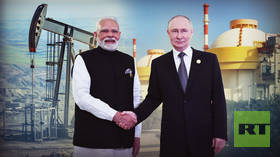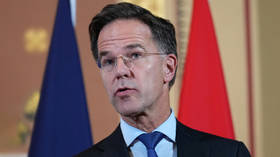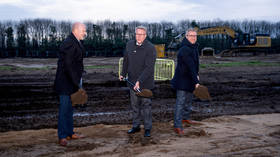Kemerovo region: coal-mining center of Russia
In the heart of western Siberia, the Kemerovo region is a unique area in terms of the combination of mineral resources in contains. The region
Despite suffering from decline, they continue to play a huge part in the lives of people there.
Home to about three million people, the Kemerovo region is the most densely populated part of Siberia.
Kuzbass – one of the world’s largest coal deposits
Man and machine plunder Earth’s natural resources at western Siberia’s Chernigovets open-cut mine.
Its 2,500 workers, drills and giant-like BELAZ trucks work around the clock to produce some 150 million tons of coal each year. The engines only stop on New Year’s Day.
“We work in extreme conditions. The weather here can range from minus to plus 35 degrees. But still, over 60 per cent of all Russian enriched coal is produced in the Kemerovo region, and every family here is in some way connected to the industry, so we all feel as though we are part of the process,” assistant to the General Director of the Chernigovets mine, Ilya Mazurov, says.
Coal has been the region’s lifeblood since it was first discovered in 1721. But it was during the 1920s that Kuzbass, as the region is known, morphed into the economic powerhouse it is today.
It was Lenin who invited like-minded industrialists from across the world to build a new worker’s paradise. Foreigners from over 30 countries answered the call, and the “Autonomous Industrial Colony of Kuzbass” was born.
But success was short-lived. In 1927, Stalin ordered the colony closed and its expats expelled or banished to Siberia’s gulags.
Yury Baranov comes from a family of miners. He tells RT that his sons will also follow in his footsteps. Over the past 24 years, he has worked in every mine across the region. And today, the RT Close-Up team is going down into the mines with him.
Yuzhnaya mine, not even a year old, is the region’s shining beacon of mining in the future. But Yury and his colleagues say that working in this new mine is incomparable to some of the older ones across the region, both in terms of its safety and ventilation.
“There are really low levels of methane gas in this new mine – that’s the main difference. It’s easier to breathe and the risk of any sort of explosion is far lower. I’ve been working here ever since they first started drilling and I now wouldn’t want to work in any other mine,” Baranov says.
The safety record in the region’s coal mines is not good. Over the past few years, several major explosions have taken lives and made headlines. But in Kemerovo, a life without mining is unimaginable.
“The future lies with coal. It’s been scientifically proven that the world’s oil and gas reserves will run out. But there are still vast reserves of coal, from which petrol can, of course, also be made. The modern world needs coal to keep fuelling development,” Deputy Director of the Yuzhnaya mine, Aleksandr Chaikovsky, says.
While so many of Russia’s former industrial centers faded into ghost towns with the breakup of the Soviet Union and Perestroika, Kuzbass survived. Its economic clout as the country’s major mining region is assured; but it remains a risky business.












